Honey, Im Homemade

Honey,
Im
Homemade
SWEET TREATS FROM THE BEEHIVE
ACROSS THE CENTURIES
AND AROUND THE WORLD
Edited by
MAY
BERENBAUM
Illustrated by Nils Cordes
University of Illinois Press
Urbana, Chicago, and Springfield
2010 by the Board of Trustees
of the University of Illinois
All rights reserved
Manufactured in the United States of America
P 5 4 3 2 1
 This book is printed on acid-free paper.
This book is printed on acid-free paper.
Library of Congress Cataloging-in-Publication Data
Berenbaum, M. (May)
Honey, Im homemade : sweet treats
from the beehive across the centuries and
around the world / edited by May Berenbaum;
illustrated by Nils Cordes.
p. cm.
Includes bibliographical references and index.
ISBN 978-0-252-07744-9 (pbk. : alk. paper)
1. Cookery (Honey). 2. Honey. I. Title.
TX767.H7B43 2010
641.68dc22 2010017097
To the memory of Hermilda Listeman
Contents
Preface
In August 2009, as I started this project, I did a quick search in the book section of Amazon.com on the phrase honey recipes and ended up with 1,813 hits. This outcome logically leads to the question of whether there is need for honey-recipe book number 1,814. After all, there are honey cookbooks for connoisseurs, vegetarian Jews, dieters, and refined-sugar haters. A lot of them have been written by beekeepers or assembled by beekeeping associations, groups whose ranks might be expected to be well-versed in the use of honey in all kinds of dishes. Although Im an entomologist, Im not in any sense of the word a beekeeper. At various intervals during my life Ive been a bee landlordother entomologists have kept bees on property I ownbut Ive never personally had a hive I could call my own or been involved in the production of honey. Truth be told, Im a little afraid of honey beesand not just because they can sting. The stings are a manageable risk. What I find unnerving about bees is how eerily talented they are and how profoundly different from the million-plus other species of insects.
So, Ive come to honey bees and, consequently, honey fairly late in more than thirty-five years as an independent scientist. For years Ive studied how insects eat plants and lately have become fascinated with the extraordinary capacity of the honey bee to take a plant productnectarand process it into a unique and unusual food. Happily, that ability has in turn conferred upon people the ability to create all kinds of unique and unusual foods. Thats the thing about cooking with honeyevery time honey is collected from a hive, its the unique product of a particular set of flowers at a certain time, processed and stored by a particular group of bees. Honey is more than a snapshot of a time and placeits the taste of a time and place.
Because of the power of honey to evoke a particular time and place, recipes with honey tend to take on personal significance. Thats one reason I thought Id undertake this project. Im not a particularly gifted cook, but Ive had the privilege of knowing a few. As befits the honey bee, a gleaner that collects nectar from an extraordinary diversity of sources, Ive tapped into the collective experience of an extraordinary diversity of people. Hermilda Listeman was a prime inspiration for this project. Hermilda was my husbands cousin in Collinsville, Illinois, older than he by many years. Hermilda had an abiding interest in all things culinary, and over nine decades she collected cookbooks and recipes. She was no mere collector, though; she tested, improved, and annotated recipes for close to ninety years. Ultimately, her cookbook collection grew to exceed three thousand volumes; in 2000 she donated most of her collection to the University of Illinois at Urbana-Champaign library. But her personal notebooks, thousands of pages written painstakingly in longhand and meticulously annotated and documented, she gave to my daughter, Hannah. We didnt see Herm very oftenshe lived 150 miles awaybut we tried to visit at least once a year. The best time to visit, from Herms perspective, was during the Christmas holidays; even into her nineties, she delighted in presenting visitors with amazing platters heaped high with cookies she had baked with recipes from her collection. When she discovered how much Hannah enjoys baking, she must have decided that, when she could no longer bake, she would bequeath her ninety years of experience to a young enthusiast. Around 2005, at the age of ninety, Herm began assembling boxes of personal notebooks, which she shipped to Hannah.
Those recipes were the beginning of this project. Hannah graciously allowed me access to Herms collection. Reading through just a fraction of her notes, I found at least three dozen dessert recipes featuring honey. Others turned up in the massive community cookbook collection (more than 640 volumes) she donated to the University of Illinois library; a digitization project made these much easier to search. Herms enormous collection of material not only provided the core structure for this collection but also gave me the confidence that a collection of honey dessert recipes was an achievable goal.
The bakers in my family werent quite as conscientious about writing down recipes as was Hermilda, but a few choice ones that include honey were preserved among them my grandmothers legendary challah, my mothers amazing teyglach, and my Aunt Ruths mandelbread, which I adapted and named Apiscotti to submit to (and win!) the Pollinator Partnership Dont Dessert Pollinators recipe contest.
I also recruited friends and colleagues in the entomological community and asked them to look through their family recipe collections. Because entomology is an international enterprise, the effort yielded family recipes from around the world. And because this project was designed to benefit a science outreach center developed by the University of Illinois Department of Entomology, the University of Illinois Pollinatarium, the first freestanding science center in the nation devoted to flowering plants and their pollinators, I dug through our departmental archives to find the correspondence of Vern Milum (18941972), the first professor of apiculture at the University of Illinois at Urbana-Champaign. Milum was a tireless advocate for bees and beekeeping, and his correspondence and publications proved rich sources of honey recipes. I also pored over a half century of annual reports of the Illinois State Beekeepers Association to find recipes that might still work. I must confess that due to time and talent constraints I did not actually try every recipe in this collection, relying instead on the collective wisdom and experience of the contributors and on the remarkable ability of even a little honey to make everything taste good. So far, though, all that have been tested have proved to be delicious.
The honey bee is all about altruismunselfish behavior for the good of the colony. Not inappropriately, this book is also about altruismreciprocal altruism. Were hoping that the sale of this volume will foster interest in (and sales of) honey and at the same time, as kind of a payback to the bees, help maintain the University of Illinois Pollinatarium. More than three-quarters of all flowering plant species depend on animal pollinators in order to reproduce, so pollination is a key process that sustains all kinds of ecological communities around the world. Thus, pollination sustains most of the earths inhabitants, including species


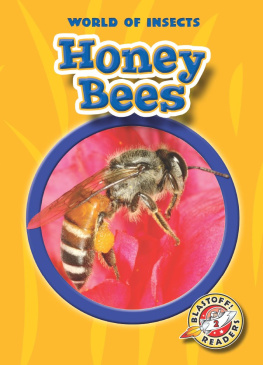
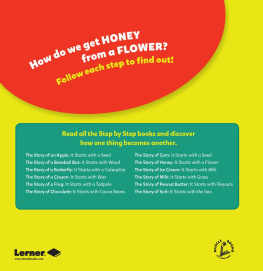
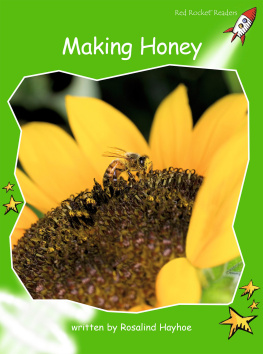
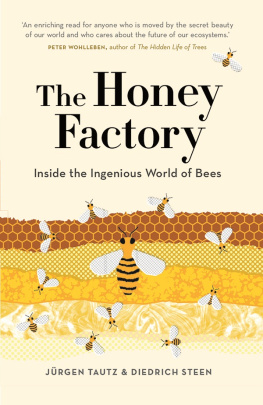
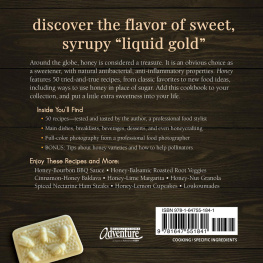
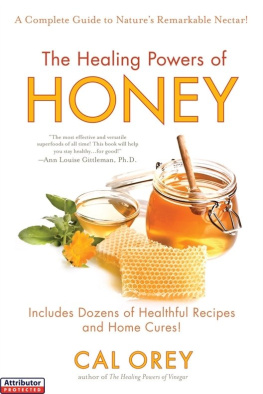
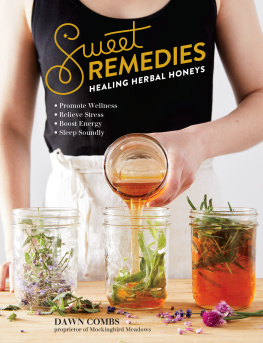
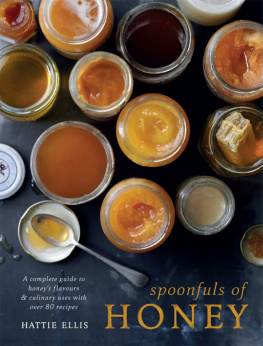
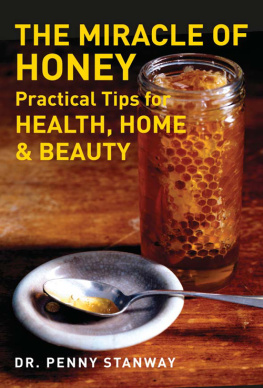
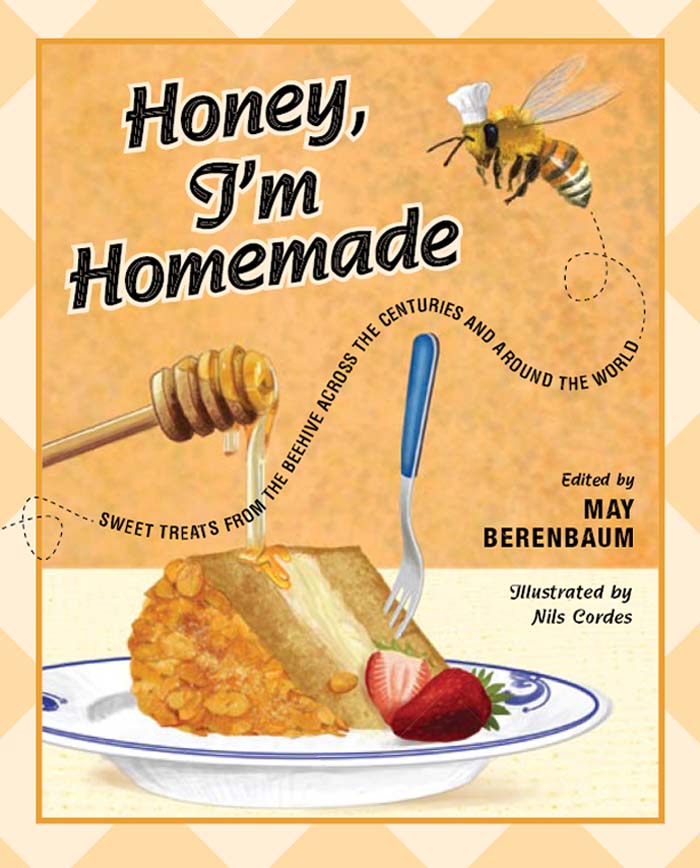

 This book is printed on acid-free paper.
This book is printed on acid-free paper.